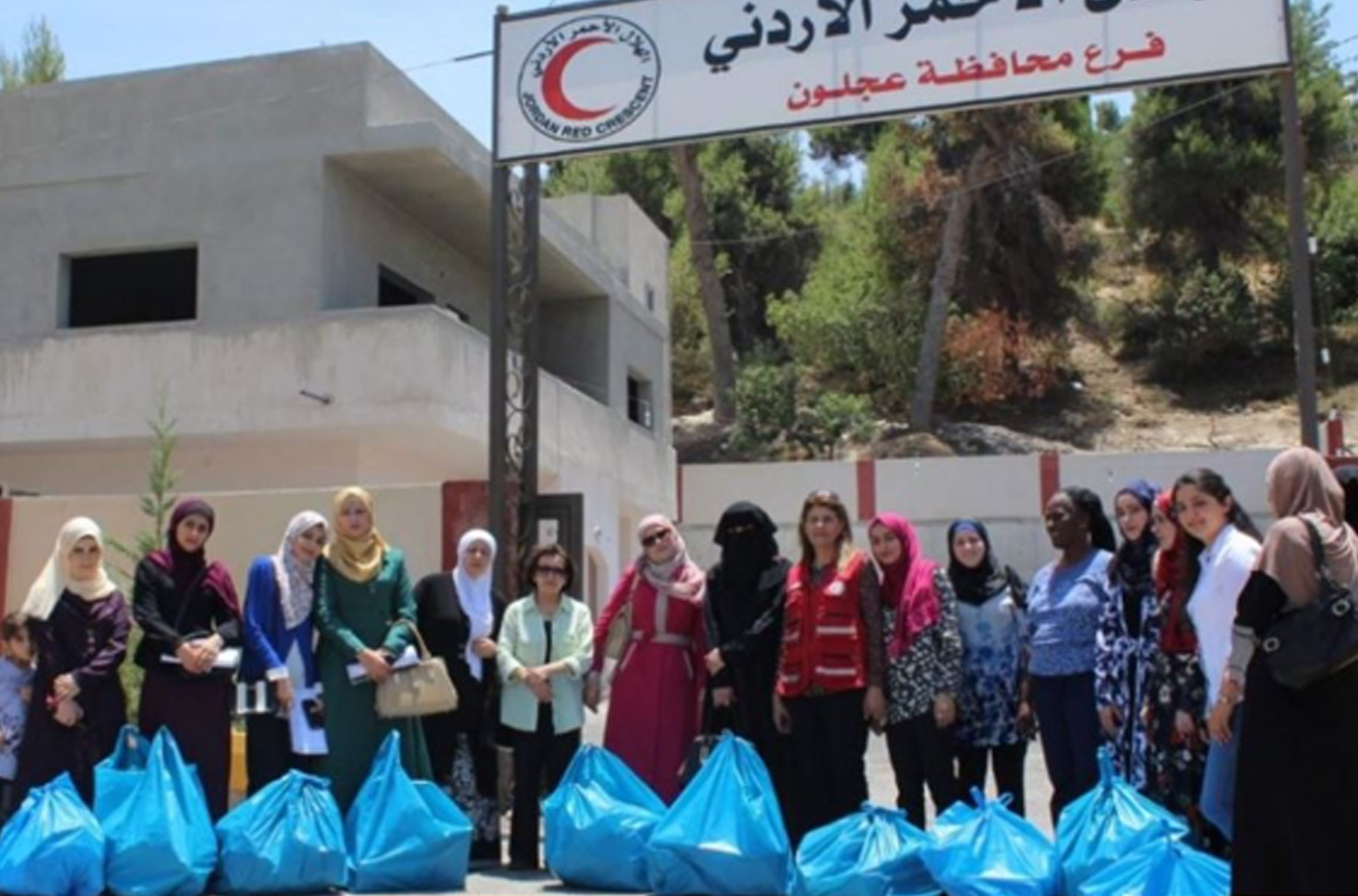
by Mirwais Amiri, Ieman M El-Mowafi, Tala Chahien, Hind Yousef, Loulou Hassan Kobeissi
BMC Reproductive Health, 28 October 2020;17(No.166)
Background
The Syrian refugee crisis has led to massive displacement into neighbouring countries including Jordan. This crisis has caused a significant strain on the sexual and reproductive health (SRH) services to the host communities and Syrian refugees. The Minimum Initial Service Package (MISP) is a standard package of services that should be implemented at the onset of an emergency. Due to their importance in protracted humanitarian crisis, this systematic review aimed to assess the utilization of SRH and MISP after 9 years of the crisis.
Methods
We searched PubMed, Medline/Ovid and Scopus for both quantitative and qualitative studies from 1 January 2011 to 30 November 2019. Our search included both free text key words and Medical Subject Headings (MeSH) for various forms and acronym of the following terms: (Sexual and) Reproductive Health, Sexual/Gender-based/Family/Intimate partner violence, Minimum Initial Service Package, MISP, Women, Girls, Adolescents, Syrian, Refugee, Jordan, Humanitarian crisis, War, (armed) conflict, and Disaster. Boolean operators and star truncation (*) were used as needed. We further conducted an in-depth review of the available grey literature published during the same timeframe. Using a narrative synthesis approach, two authors independently extracted and analysed data from published papers. After removal of duplicates, screening, and assessing for eligibility of 161 initially identified citations, 19 papers were selected for review.
Results
Findings from this review indicated a number of barriers to access, utilization, and implementation of SRH services, including lack of reliable information on sexual and gender-based violence (SGBV), aggravation of early marriages by crisis setting, gaps in the knowledge and use of family planning services, inadequate STIs and HIV coverage, and some issues around the provision of maternal health services.
Conclusion
The findings from this review are suggestive of a number of barriers pertaining to access, utilization, and implementation of SRH services. This is especially true for transitioning from MISP to comprehensive SRH services, and particularly for refugees outside camps. Following are needed to address identified barriers: improved inter-agency coordination, better inclusion/engagement of local initiatives and civil societies in SRH services delivery, improved quality of SRH services, adequate and regular training of healthcare providers, and increased awareness of Syrian women and adolescent girls. Also, more implementing research is required to identify ways to transition SRH provision from the MISP to comprehensive care for the Syrian refugee population in Jordan.
PHOTO, International Federation of Red Cross and Red Crescent Societies, 10 August 2017



